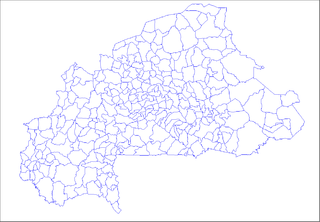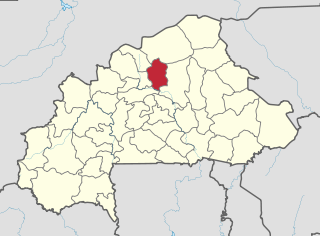Epidemiology is the study and analysis of the distribution and determinants of health and disease conditions in defined populations.

Cancer is a group of diseases involving abnormal cell growth with the potential to invade or spread to other parts of the body. These contrast with benign tumors, which do not spread to other parts of the body. Possible signs and symptoms include a lump, abnormal bleeding, prolonged cough, unexplained weight loss and a change in bowel movements. While these symptoms may indicate cancer, they may have other causes. Over 100 types of cancers affect humans.
An IBM Fellow is an appointed position at IBM made by IBM's CEO. Typically only four to nine IBM Fellows are appointed each year, in May or June. It is the highest honor a scientist, engineer, or programmer at IBM can achieve.

Mont-Saint-Aignan is a commune in the Seine-Maritime department in the Normandy region in north-western France.
Keyword spotting is a problem that was historically first defined in the context of speech processing . In speech processing, keyword spotting deals with the identification of keywords in utterances.

Bois-Guillaume is a commune in the Seine-Maritime department in the Normandy region in northern France. On 2012, January 1st, it was said to become part of the new commune of Bois-Guillaume-Bihorel but the merger of the two communes has been cancelled in January 2014.

The provinces of Burkina Faso are divided into 351 departments, whose urbanized areas are grouped into the same commune (municipality) with the same name as the department. The 351 communes created in those departments have three kinds of status :
BLEU is an algorithm for evaluating the quality of text which has been machine-translated from one natural language to another. Quality is considered to be the correspondence between a machine's output and that of a human: "the closer a machine translation is to a professional human translation, the better it is" – this is the central idea behind BLEU. BLEU was one of the first metrics to claim a high correlation with human judgements of quality, and remains one of the most popular automated and inexpensive metrics.
The sections below give objective criteria for evaluating the usability of machine translation software output.
Kounkoubguin is a town in the Rouko Department of Bam Province in northern-central Burkina Faso. It has a population of 1350.
Pittenga is a town in the Rouko Department of Bam Province in northern-central Burkina Faso. It has a population of 1997.
Raka, Burkina Faso is a village in the Rouko Department of Bam Province in northern-central Burkina Faso. It has a population of 547.
Rilgo is a village in the Rouko Department of Bam Province in northern-central Burkina Faso. It has a population of 727.
Silmidougou is a town in the Rouko Department of Bam Province in northern-central Burkina Faso. It has a population of 1 427.
Yamané, Bam is a village in the Rouko Department of Bam Province in northern-central Burkina Faso. It has a population of 293.
Truecasing is the problem in natural language processing (NLP) of determining the proper capitalization of words where such information is unavailable. This commonly comes up due to the standard practice of automatically capitalizing the first word of a sentence. It can also arise in badly cased or noncased text.
A cache language model is a type of statistical language model. These occur in the natural language processing subfield of computer science and assign probabilities to given sequences of words by means of a probability distribution. Statistical language models are key components of speech recognition systems and of many machine translation systems: they tell such systems which possible output word sequences are probable and which are improbable. The particular characteristic of a cache language model is that it contains a cache component and assigns relatively high probabilities to words or word sequences that occur elsewhere in a given text. The primary, but by no means sole, use of cache language models is in speech recognition systems.
Molecular pathological epidemiology is a discipline combining epidemiology and pathology. It is defined as "epidemiology of molecular pathology and heterogeneity of disease". Pathology and epidemiology share the same goal of elucidating etiology of disease, and MPE aims to achieve this goal at molecular, individual and population levels. Typically, MPE utilizes tissue pathology resources and data within existing epidemiology studies. Molecular epidemiology broadly encompasses MPE and conventional-type molecular epidemiology with the use of traditional disease designation systems.







